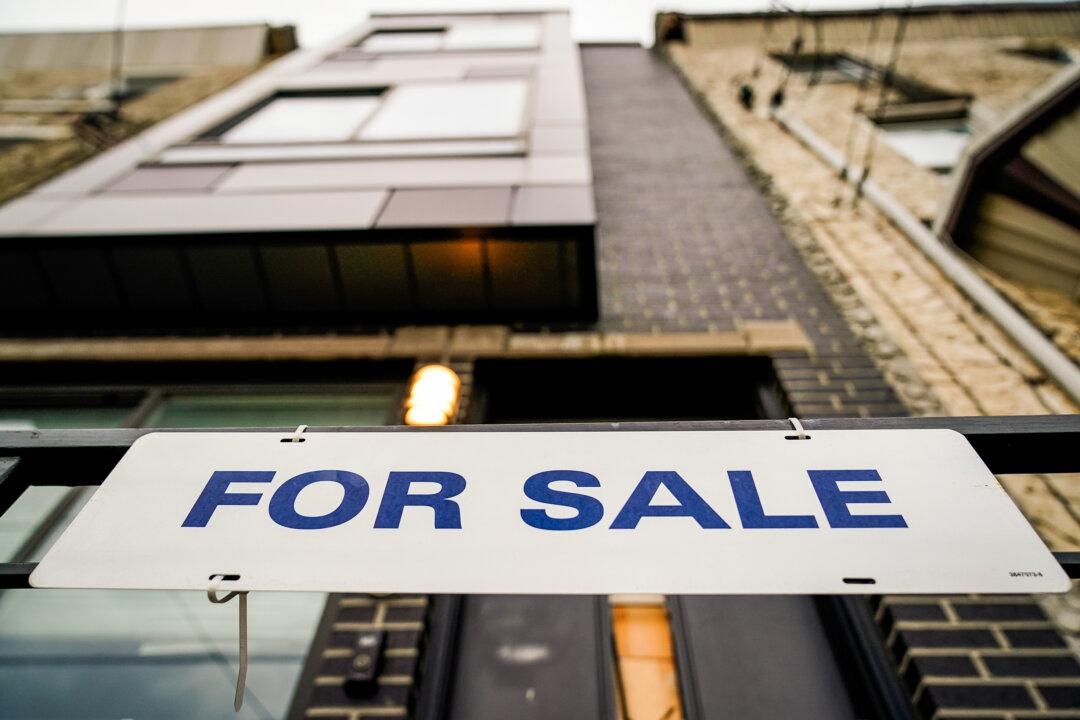Most aspiring homeowners say the high cost of living and insufficient incomes are barriers to purchasing a home in the current real estate market, according to a new Bankrate survey.
Fifty-one percent of people who want to buy a residential property think the cost of living is too high. Fifty-four percent believe their income isn’t high enough to cover a down payment or the closing costs for a home.





